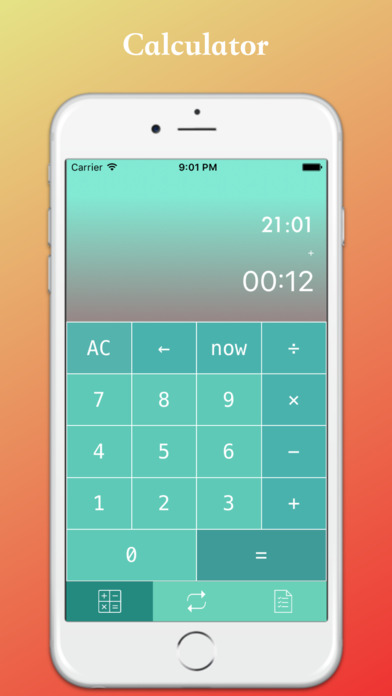

The time in this object is 25 minutes earlier than in our input object. And the end result is the newDateObj object, which should show a date ahead by one hour compared to the currentDateObj object. minus () method of a LocalDateTime class used to returns a copy of this LocalDateTime with the specified amount subtracted to date-time.The amount is typically Period or Duration but may be any other type implementing the TemporalAmount interface. Considering the output above, a new datetime object has been created. Thus, we’ve added numberOfMlSeconds and addMlSeconds to get the total number of milliseconds, and we’ve used it to initialize a new date object.

Basically, we’ve just multiplied the number of minutes in an hour (60) by the number of seconds in a minute (60) by the number of milliseconds in a second (1000) to get the number of milliseconds in an hour.Īs you might already know, you can initialize a Date object by providing the number of milliseconds as the first argument, and this would initialize a date object in reference to it. Next, we’ve calculated the number of milliseconds in an hour. Next, we’ve used the getTime() function to get the number of milliseconds from the currentDateObj object. NewDateObj: Sat 01:19:27 GMT-0300 (Atlantic Daylight Time)įirstly, we’ve initialized the currentDateObj variable with the current date, and it’s a Date object. Var newDateObj = new Date(numberOfMlSeconds + addMlSeconds) Var numberOfMlSeconds = currentDateObj.getTime() In the following example, we’ll add one hour to the existing Date object. Let’s try to understand how you can use the getTime() function to add time to a Date object in JavaScript. That's just a computer time convention that counts the number of seconds (milliseconds in JavaScript) since midnight UTC on January 1st, 1970. In JavaScript, the getTime() function returns the number of milliseconds since the Unix epoch time. In this section, we’ll discuss how you can add time to a JavaScript Date object in vanilla JavaScript. import datetime hiredate datetime.date(2021,4, 7) quitdate datetime. Let’s define two date objects that represents the hire and quitting date of a random employee. Subtract days from a datetime object in Python.
Datetime minus minutes how to#
How to Add Time to a JavaScript Date With Vanilla JavaScript Subtracting other timedeltas from date objects : years, months, hours, minutes, seconds. Today, we’re going to discuss both ways of performing date manipulations in JavaScript. Alternately, you can use a date and time library like moment.js.

Often, you'll just end up implementing a custom solution which works for you. In fact, if you want to perform operations on a Date object like adding time to or subtracting time from a date, there’s no easy way in vanilla JavaScript. In most cases, you can just use these methods to format the date and time for output. Although these methods are really useful for retrieving different elements of the date and time, a Date object doesn’t provide any methods that you can use to manipulate the date itself. Luckily, JavaScript provides a built-in Date object which provides a lot of utility methods for date and time management. Often, you'll need to work with dates and times in JavaScript. Specifically, we’ll see how you can add time to a Date object and subtract time from a Date object in JavaScript. Thereafter, we subtract the two given time values using the ‘- operator and then multiply the resultant value with 24 so. Now the next time we need this format, it would be saved in the ‘Type’ list. In addition, have other simpler solution for your requirement.In this article, we’ll discuss how you can do date manipulations with a JavaScript Date object. Select ‘Custom’ and in the ‘Type’ box, select: ‘dd-mm-yyyy hh:mm AM/PM’ and click ‘OK.’. #"Changed Type" = Table.TransformColumnTypes(Source,) Source = Table.FromRows(Json.Document(Binary.Decompress(Binary.FromText("i45WMjIwtNQ11DVVMDCyMjS1MjBQ0lEyMATSIGasDlyBIYoCA5iCWAA=", BinaryEncoding.Base64), Compression.Deflate)), let _t = ((type text) meta ) in type table ),
Datetime minus minutes code#
You want to achieve your desired output with Power Query, you could refer to my code below.


 0 kommentar(er)
0 kommentar(er)
